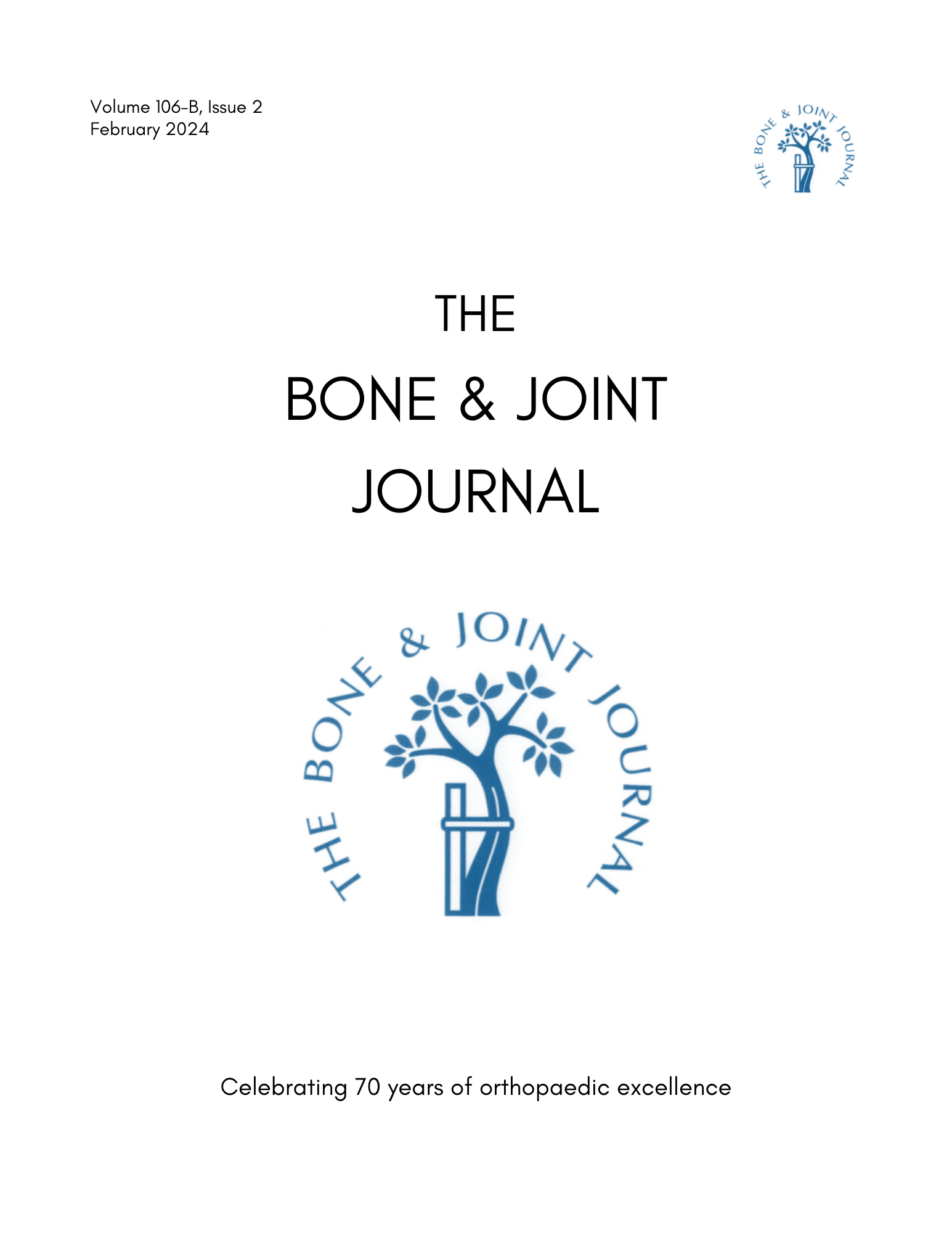
Migration of femoral components in TKA with either Highly cross linked or conventional polyethylene

Migration of femoral components in TKA with either Highly cross linked or conventional polyethylene
Five-year migration of uncemented femoral components in total knee arthroplasty with either highly cross-linked or conventional polyethylene inserts: a blinded randomized controlled trial using radiostereometric analysis.
Bone Joint J. 2024 01-Aug;():. 10.1302/0301-620X.106B8.BJJ-2023-1429.R1Synopsis
Ninety-five patients with end-stage osteoarthritis undergoing total knee arthroplasty were randomized to receive either a highly cross-linked polyethylene (HXLPE) insert (n=48) or a conventional polyethylene (PE) insert (n=48). The primary outcome was the migration of the femoral component measured by radiostereometric analysis over five years. Secondary outcomes included patient-reported outcome ...
To view the full content, login to your account,
or start your 30-day FREE Trial today.
FREE TRIAL
LOGIN
Forgot Password?
Explore some of our unlocked ACE Reports below!

Learn about our AI Driven
High Impact Search Feature
Our AI driven High Impact metric calculates the impact an article will have by considering both the publishing journal and the content of the article itself. Built using the latest advances in natural language processing, OE High Impact predicts an article’s future number of citations better than impact factor alone.
Continue



 LOGIN
LOGIN

Join the Conversation
Please Login or Join to leave comments.